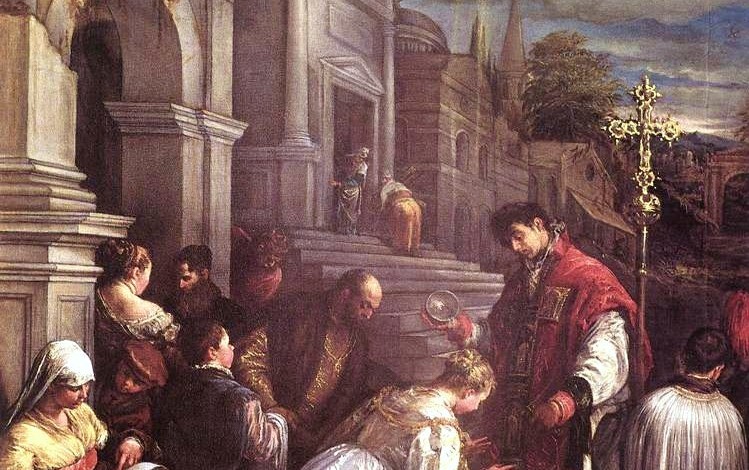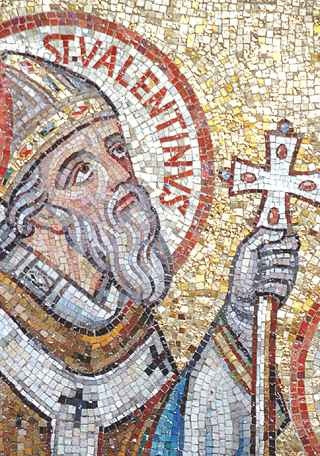The link between Saint Valentine and epilepsy
It's a little known fact that while St. Valentine is widely associated with love and the giving of 'valentines', he is also the patron saint of people with epilepsy.
If someone mentions Valentine's day , you probably think of romance, flowers and chocolates and maybe even Cupid's arrow. While the connection with epilepsy is far less recognised, we thought St Valentine was due some recognition this month.
There are many theories to explain St. Valentine's connection to epilepsy and it can be tricky to get to the heart of its origins. Historians offer different theories to explain how St. Valentine became an 'epilepsy saint'.
St. Valentine's illness
Some have suggested that there is a strong phonetic similarity in the German language between the words ‘Valentine’ and 'fallen' - epilepsy was known as 'the falling disease' for centuries. This strengthened St. Valentine's connection in the German language which lead to alternative terms for epilepsy such as 'St. Valentine's illness' and 'St. Valentine's affliction' although we cannot be sure of this.
One theory suggests that St. Valentine supposedly cured someone of epilepsy — a young woman engaged to be married. Another legend tells the story of a bishop named Valentine von Terni who helped the son of a Roman orator and stopped his seizures.

Did you know?
There are more than 40 named 'epilepsy saints' including John the Baptist who was known to heal people from spasms or seizures. The only other illness with as much saintly association was the plague.
The art of seizures
Many works of Christian art have portrayed St. Valentine with people with epilepsy. The first example featured in The Nuremberg Chronicle, first printed in 1493. The paintings often showed the saint with a boy or man having a seizure or recovering from a seizure.
Surprisingly, neuroscientists have pointed out that epilepsy depicted in art is often clinically accurate. Specifically the extended legs and arms and arched backs of babies with infantile spasms, a form of epilepsy seen in babies.

How did he help people with epilepsy?
The debate that surrounds St. Valentine and epilepsy is not just about who he was or why he is connected to the condition, but also whether or not he is beneficial to people with epilepsy.
Throughout history St. Valentine was called upon by thousands of people with epilepsy , mainly Christians. Stories would have spread and enhanced his reputation for curing people and increased the amount of people turning to him for help. If the connection lasted throughout the ages, it may explain why he became such an important patron.
There's still a lot about epilepsy that we don't fully understand. It's possible that in ancient times, when even less was known about the causes and possible treatments for epilepsy, that people would turn to a figure of hope like St. Valentine when they could not rely on the latest developments in science, genomics and neurology that we do today.
Epilepsy facts and myths
Did you know that the Greek philosopher Hippocrates (460-377 BC) was the first person to think that epilepsy starts in the brain? Find out more interesting facts and debunked myths around epilepsy and seizures.
What is epilepsy?
Epilepsy is not just one condition, but a group of many different 'epilepsies' with one thing in common: a tendency to have seizures that start in the brain.
Epileptic seizures
There are many different types of epileptic seizure. Any of us could potentially have a single epileptic seizure at some point in our lives. This is not the same as having epilepsy, which is a tendency to have seizures that start in the brain.



